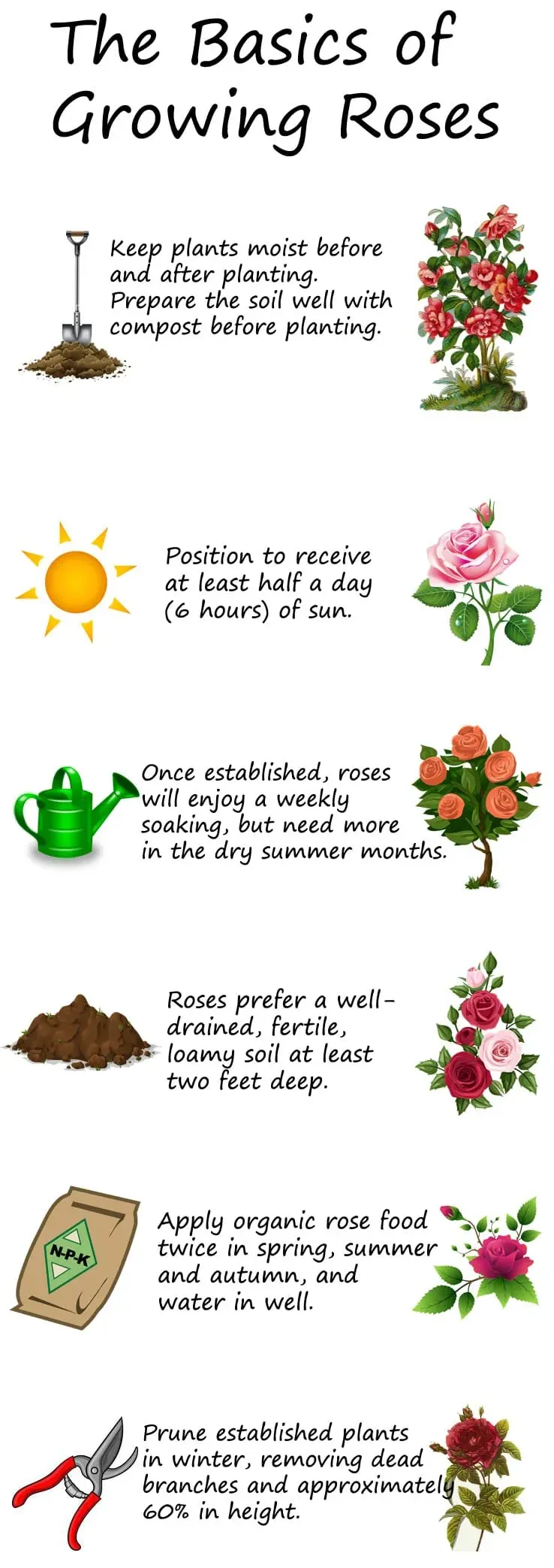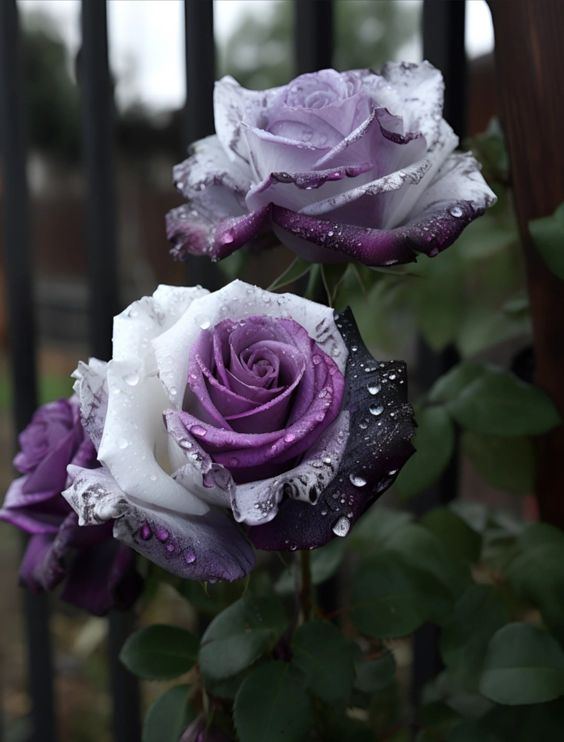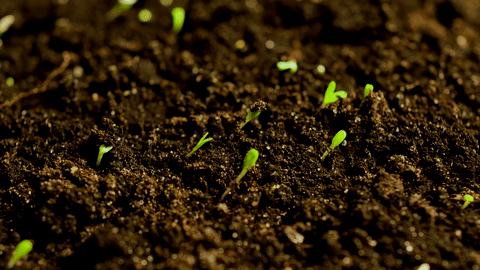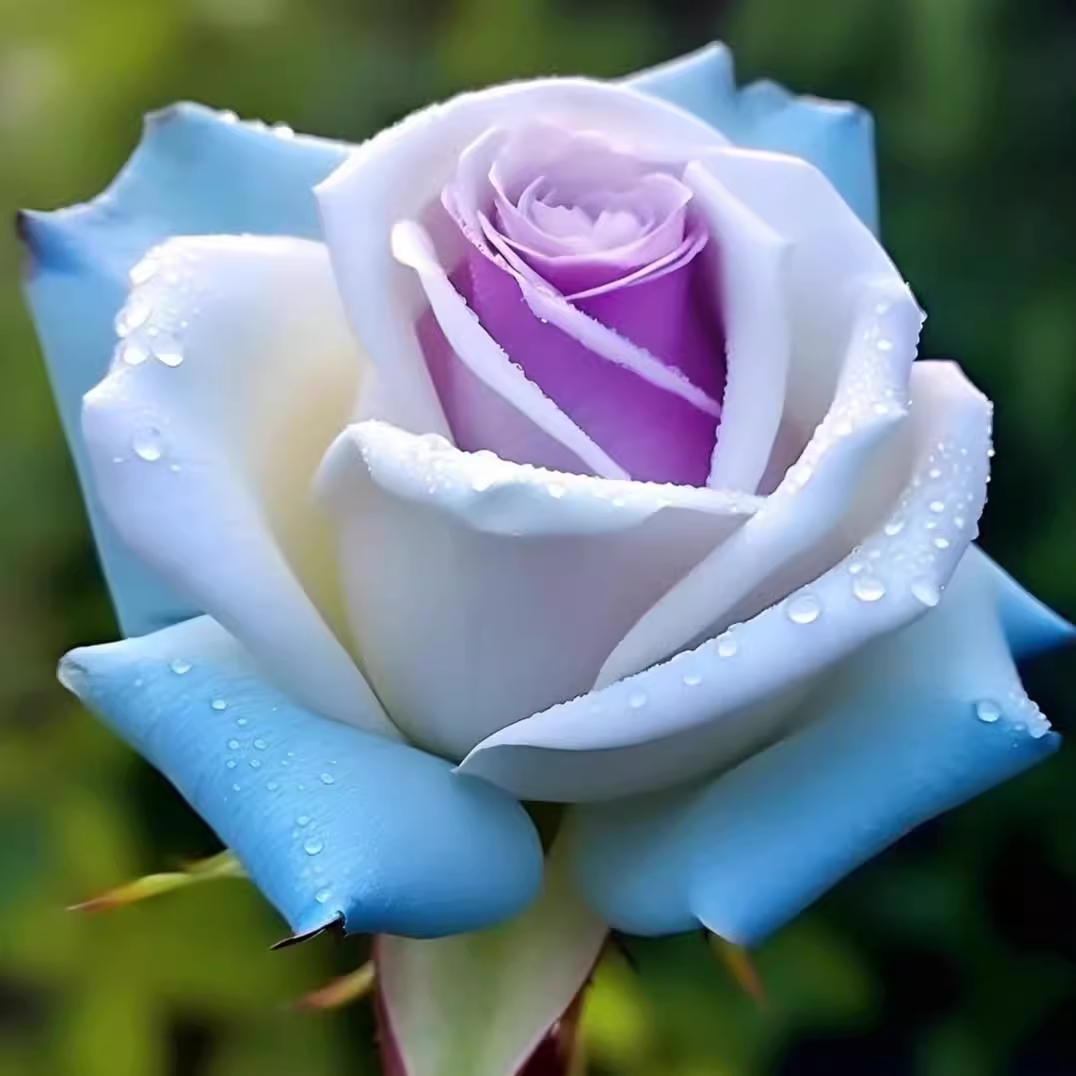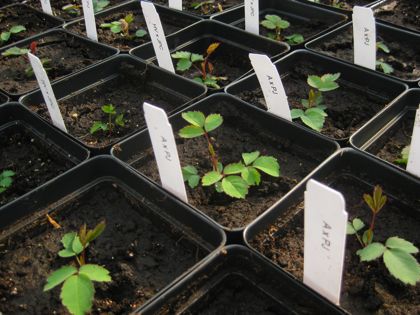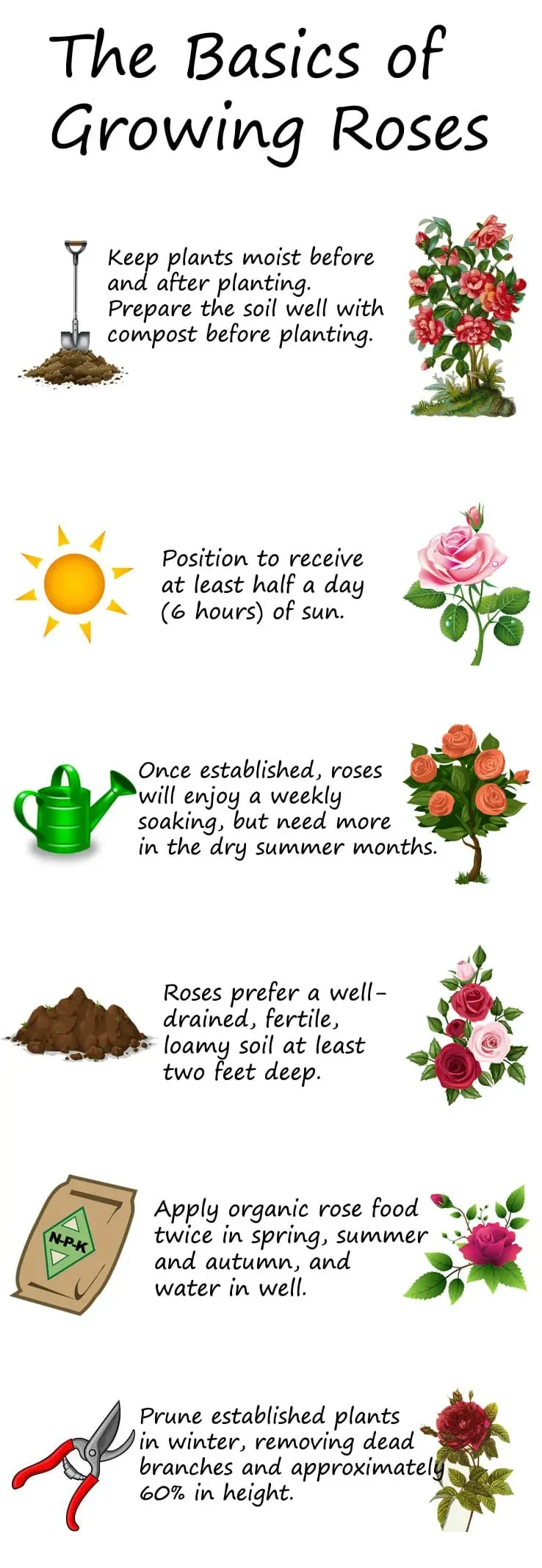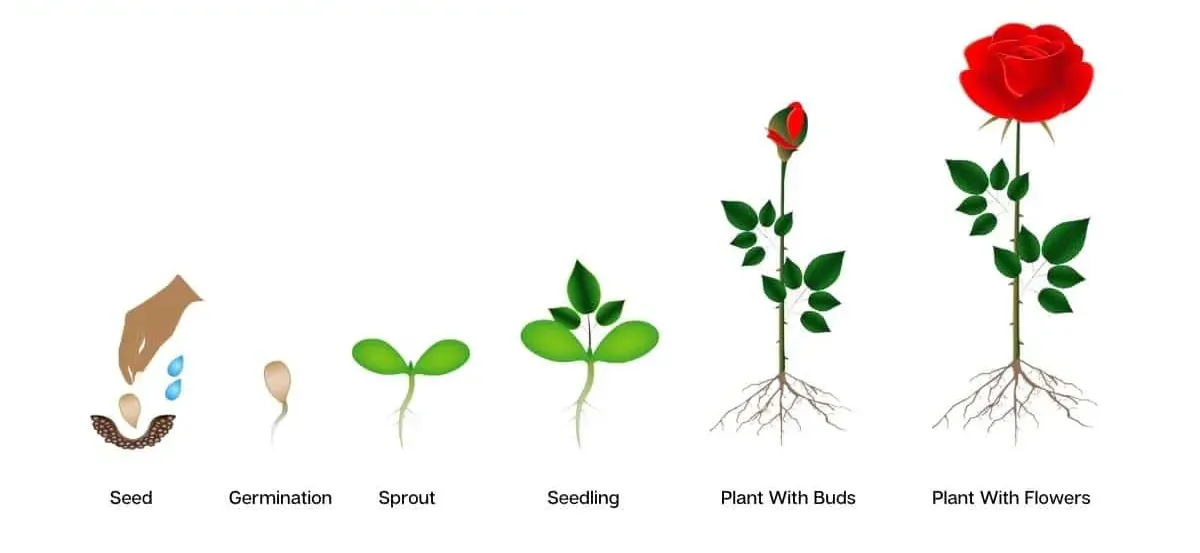🎁💐Don't forget to get some for your family and friends as it's a unique gift idea.
✅ Guaranteed! GoogleTrusted Store!
🛒 Payments Via PayPal® and CreditCard
🚢 Shipping>>Worldwide Express Shipping Available.
👍Facebook officially recommends high-quality merchants.
💵The merchant deposit of USD 100,000 has been paid to PayPal.
Get ready for jaw-dropping discounts starting from 50% off on selected items at our store! 🤩
But wait, there's more! 💥 Buy 4 items and enjoy an extra 10% off, buy 6 items and get an additional 15% off, and if you're feeling extra festive, buy 10 items and receive an extra 20% off! 🎁
Hurry, this limited-time offer won't last long! 🏃 Don't miss out on the biggest savings of the year! 😱
Providing architectural height to borders, Alcea rosea 'Nigra' (Hollyhock) is a vigorous biennial or short-lived perennial boasting tall, sturdy spikes of funnel-shaped, deep black-chocolate, single flowers adorned with a bright buttery-yellow throat. Blooming from mid to late summer, the striking flowers are arranged all around the spike and bloom from the bottom up. An old garden favorite, Hollyhock is best when grown against a wall or fence or at the back of the border.
Size: Grows vigorously up to 5-8 ft. high (150-240 cm) and 18-24 in. wide (45-60 cm). Hollyhocks easily selfseed and can establish colonies in the garden.
Uses: Given its stature, it's excellent as a background plant in perennial borders. It also suits cottage gardens and can be used as a natural screen or backdrop against fences and walls.
Pollinators: Hollyhocks attract various pollinators, especially bees, butterflies, and hummingbirds, which are drawn to their large, nectar-rich flowers.
Toxicity: Hollyhocks are generally considered non-toxic to humans, but like many plants, they can cause allergic reactions in sensitive individuals.
Deer and Rabbit: Hollyhocks are usually not the first choice for deer and rabbits; however, when food sources are scarce, they might nibble on them.
Invasiveness: Alcea rosea is native to Europe and Asia. It may become weedy and potentially invasive in some areas.
Hollyhock Growing Tips
Location: Hollyhocks prefer full sun but can tolerate light shade. They need at least 6 hours of direct sunlight for best flower production. Pick a site sheltered from the wind to prevent these tall plants from flopping.
Soil: Hollyhocks tolerate a wide range of soil conditions but will not tolerate wet winter soils. Plant in welldraining, fertile soils for optimal results.
Watering: Young plants thrive in moist environments. Mature hollyhocks typically require water during extended periods of heat and dryness.
Pruning: After flowering, cut back the stalks to encourage a second bloom. At the end of the season, remove old stalks to reduce disease risk.
Propagation: Hollyhocks can be propagated from seeds. Sow seeds outdoors anytime from spring (after all danger of frost has passed.) until 2 months before the first heavy fall frost. If you prefer to start them indoors, do so about 6-8 weeks before the last expected frost date in your area.
Pest and diseases: Hollyhocks are susceptible to several pests and diseases, including anthracnose, leaf spot, rust, Japanese beetles, and spider mites.













































